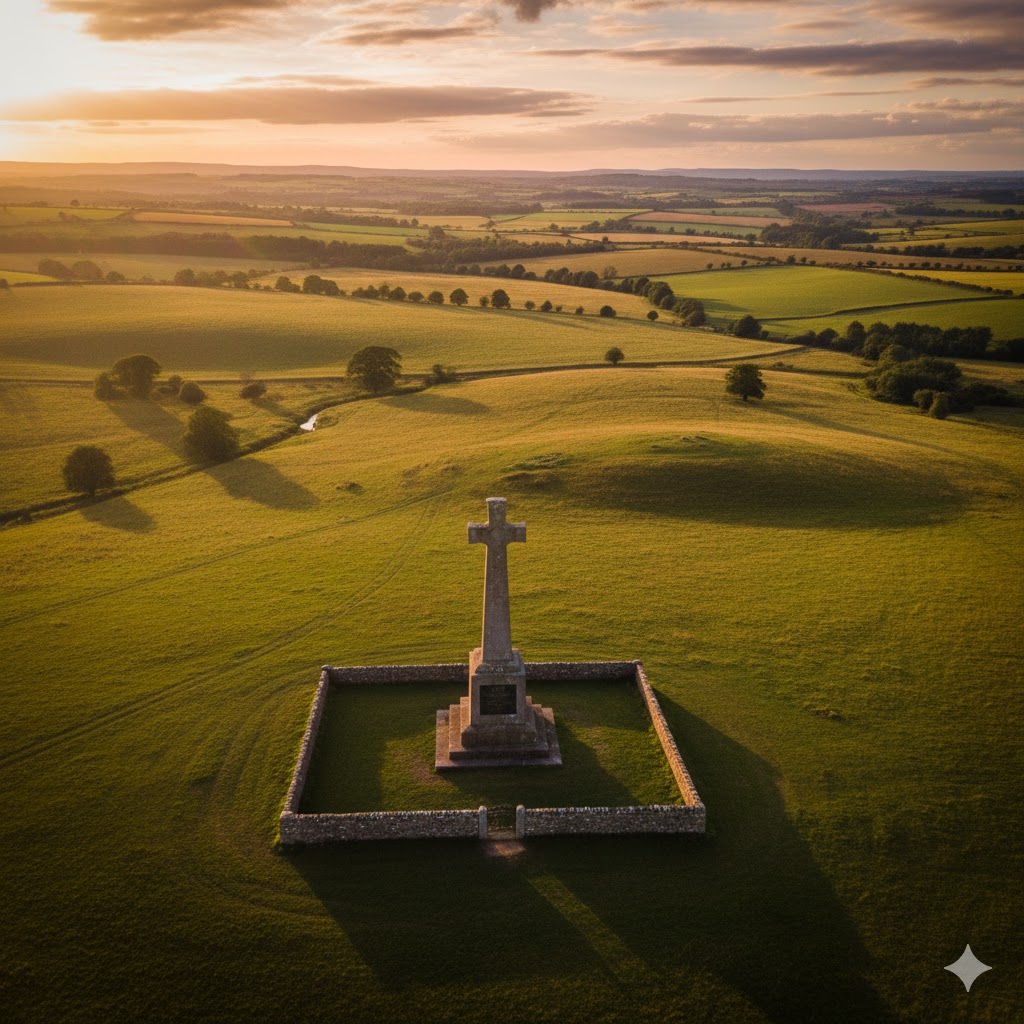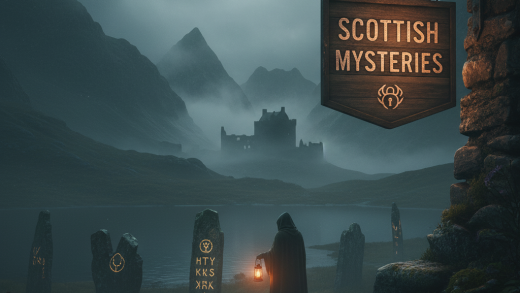Hi folks, this is a fascinating part of Scottish History. Please enjoy and come back for more.

Earl of Surrey
Lord Thomas Howard
Baron Dacre
Sir Edward Stanley
Marmaduke Constable James IV †
Lord Home
Earl of Montrose †
Earl of Bothwell †
Earl of Lennox †
Earl of Argyll †
Strength
26,000 30,000–40,000
Casualties and losses
1,500[1] 5,000–17,000[2][3]
Location within Northern England
Date 9 September 1513
Location Near Branxton, Northumberland, England
Result English victory
War of the League of Cambrai
Anglo-Scottish Wars
or occasionally Branxton (Brainston Moor was military combat in the War of the League of Cambrai between the Kingdom of England and the Kingdom of Scotland, resulting in an English victory. The battle was fought in Branxton in the county of Northumberland in northern England on 9 September 1513, between an invading Scots army under King James IV and an English army commanded by the Earl of Surrey. In terms of troop numbers, it was the largest battle fought between the two kingdoms. James IV was killed in the battle, becoming the last monarch from the British Isles to die in battle.
This conflict began when James IV, King of Scots declared war on England to honour the Auld Alliance with France by diverting Henry VIII’s English troops from their campaign against the French king Louis XII. Henry VIII had also opened old wounds by claiming to be the overlord of Scotland, which angered the Scots and their King. At this time, England was involved as a member of the “Catholic League” in the War of the League of Cambrai—defending Italy and the Pope from the French (see Italian Wars).
Pope Leo X, already a signatory to the anti-French Treaty of Mechlin, sent a letter to James threatening him with ecclesiastical censure for breaking his peace treaties with England on 28 June 1513, and subsequently, James was excommunicated by Cardinal Christopher Bainbridge. James also summoned sailors and sent the Scottish navy, including the Great Michael, to join the ships of Louis XII of France.
Henry was in France with Emperor Maximilian at the siege of Thérouanne. The Scottish Lyon King of Arms brought James IV’s letter of 26 July to him. James asked him to desist from attacking France in breach of their treaty. Henry’s exchange with Islay Herald or the Lyon King on 11 August at his tent at the siege was recorded. The Herald declared that Henry should abandon his efforts against the town and go home. Angered, Henry said that James had no right to summon him, and ought to be England’s ally, as James was married to his (Henry’s) sister, Margaret. He declared:
And now, for a conclusion, recommend me to your master and tell him if he is so hardy to invade my realm or cause to enter one foot of my ground I shall make him as weary of his part as ever was a man that began any such business. And one thing I ensure him by the faith that I have to the Crown of England and by the word of a King, there shall never King nor Prince make peace with me that ever his part shall be in it. Moreover, fellow, I care for nothing but for misentreating of my sister, that would God she were in England on a condition she cost the Schottes King, not a penny.
Henry also replied by letter on 12 August, writing that James was mistaken and that any of his attempts on England would be resisted. Using the pretext of revenge for the murder of Robert Kerr, a Warden of the Scottish East March who had been killed by John “The Bastard” Heron in 1508, James invaded England with an army of about 30,000 men. However, both sides had been making lengthy preparations for this conflict. Henry VIII had already organised an army and artillery in the north of England to counter the expected invasion. Some of the guns had been returned to use against the Scots by Margaret of Austria, Duchess of Savoy. A year earlier, Thomas Howard, Earl of Surrey, had been appointed Lieutenant-General of the army of the north and was issued with banners of the Cross of St George and the Red Dragon of Wales. Only a small number of the light horsemen of the Scottish border had been sent to France. A northern army was maintained with artillery and its expense account starts on 21 July 1513. The first captains were recruited in Lambeth. Many of these soldiers wore green and white Tudor colours. Surrey marched to Doncaster in July and then Pontefract, where he assembled more troops from northern England.
Discover more from WILLIAMS WRITINGS
Subscribe to get the latest posts sent to your email.




